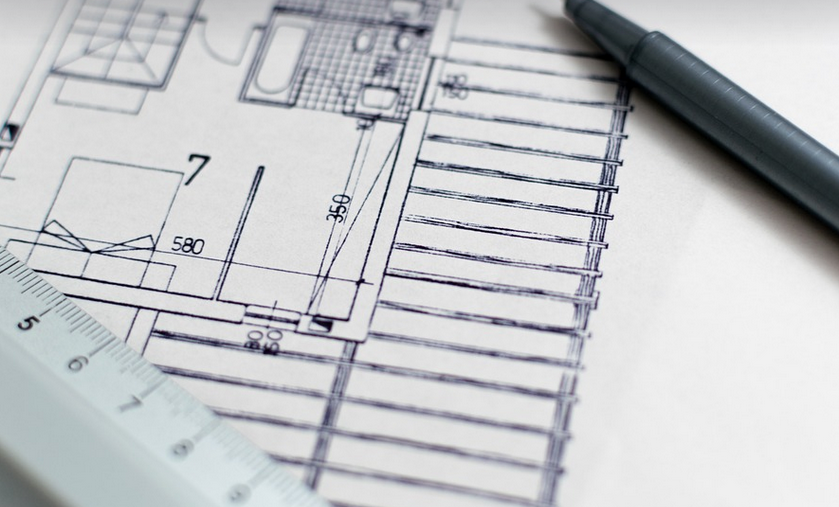Why You Need Graphic Organizers for Your Research Paper
Think about the process of writing a research paper, all those notes, quotes, and data points you need to weave into a compelling narrative. It can feel overwhelming, right? It’s easy to lose track of your ideas and get lost in the sea of information. This is where graphic organizers come in – they’re like secret weapons for researchers!
Imagine them as visual maps that help you organize your thoughts, arguments, and evidence. Without a clear roadmap, your paper might end up resembling a jumbled mess of sentences instead of a well-structured argument.
Let’s dive into their benefits: graphic organizers can make your research process smoother, more efficient, and ultimately more rewarding. They save you from the chaos and ensure your paper flows logically, making it easier to present your arguments convincingly.
The magic lies in how they simplify complex ideas and allow for a clear understanding of the various components of your research. From brainstorming to outlining your arguments and mapping out the flow of your evidence, graphic organizers help you translate those thoughts into something tangible.
They’re not just about writing; they’re about organizing your thoughts.
Graphic organizers are powerful tools for both individual learning and collaborative projects. They foster a deeper understanding by visually representing complex information, breaking down abstract concepts into manageable chunks, and allowing readers to pick up on the crucial points at a glance.
But how exactly can you utilize these visual aids? Let’s explore some popular graphic organizers that will empower your research process.
Exploring Different Types of Graphic Organizers
The beauty of graphic organizers is their versatility. They come in different forms to cater to various research needs, making them a valuable resource for all levels of researchers.
Let’s dive into some popular examples:
**1. Mind Map:** This classic visual aid helps you brainstorm and generate new ideas. Imagine a tree with branches representing your main topics. Each branch then leads to sub-branches, further branching out into details and concepts. It’s perfect for exploring different angles of a topic or connecting seemingly unrelated ideas.
**2. Flowchart:** This is the visual equivalent of a recipe. Use it to create a step-by-step process for your paper. For example, if you are writing about immigration, you can visualize the entire process from starting an application to getting approved, or the steps involved in supporting refugees.
**3. Cause and Effect Map:** This visual representation helps you understand the relationship between different events and their consequences. Imagine a diagram with circles representing causes and arrows connecting them to effects. This is great for analyzing complex factors like economic trends, political shifts, or environmental change.
**4. Venn Diagram:** Great for comparing and contrasting two or more subjects. It’s especially helpful when you need to analyze different perspectives or arguments on a topic. For example, if you are writing about the benefits of renewable energy, you can use this tool to visualize the differences between various types of renewable energy sources like solar, wind, and hydropower.
**5. Storyboard:** This is perfect for creating a narrative structure for your research paper. Imagine a timeline with different boxes representing key moments in the story. This helps you lay out your argument in a clear and engaging way.
**6. Problem/Solution Map:** Another excellent choice for research papers centered on specific problems or issues. This type of map allows you to visually link potential solutions to existing problems, highlighting their connection and effectiveness.
Putting Graphic Organizers into Practice
The best part? Graphic organizers are not just about brainstorming; they’re tools used throughout your research process – from the initial brainstorming stage to the final draft. They allow you to stay organized and on track as you work through your paper.
Here’s a glimpse of how graphic organizers can assist you in different stages:
**1. Brainstorming:** Use mind maps or free-flowing note taking for brainstorming before diving into research. This helps you explore ideas, connect concepts, and generate a plethora of potential arguments.
**2. Research:** As you delve deeper into your research paper, utilize flowcharts to organize the process of collecting information, analyzing sources, and forming logical connections between the evidence and your arguments.
**3. Outlining:** Outline your paper using mind maps or flowcharts for a clear organizational framework. This structure will guide your writing process and ensure that all sections of your paper are connected.
**4. Writing & Editing:** Use mind maps to help you visualize your argument, create an outline, and organize the flow of information in each section before diving into writing.
**5. Revisions:** Use graphic organizers for proofreading and editing. These visual aids can highlight areas that need more attention or suggest alternative ways to present the information.
Beyond Research: The Power of Graphic Organizers
Graphic organizers are not confined solely to research papers. They’re versatile tools applicable to many aspects of life, academic and professional pursuits.
Here are a few examples:
**1. Studying:** Use mind maps for memorizing historical events or timelines. It’s like turning complex information into visual knowledge that resonates better with your brain.
**2. Presentations:** Flowcharts can be valuable for structuring presentations and outlining key points, ensuring a clear flow of information from introduction to conclusion.
**3. Communication:** Mind maps or Venn diagrams are excellent tools for brainstorming group projects, understanding diverse perspectives, and facilitating productive discussions.
**4. Personal Development:** Graphic organizers can help you map out your career goals, identify areas for improvement, and create a roadmap towards professional success. They can even help you plan travel itineraries or organize personal events within your city or country.
In conclusion: graphic organizers are essential tools for researchers at all levels. Their visual nature helps you understand complex information, organize ideas, and craft compelling arguments. As you explore the world of academic research paper writing, embrace these powerful tools to simplify the process and unlock your potential as a scholar.



